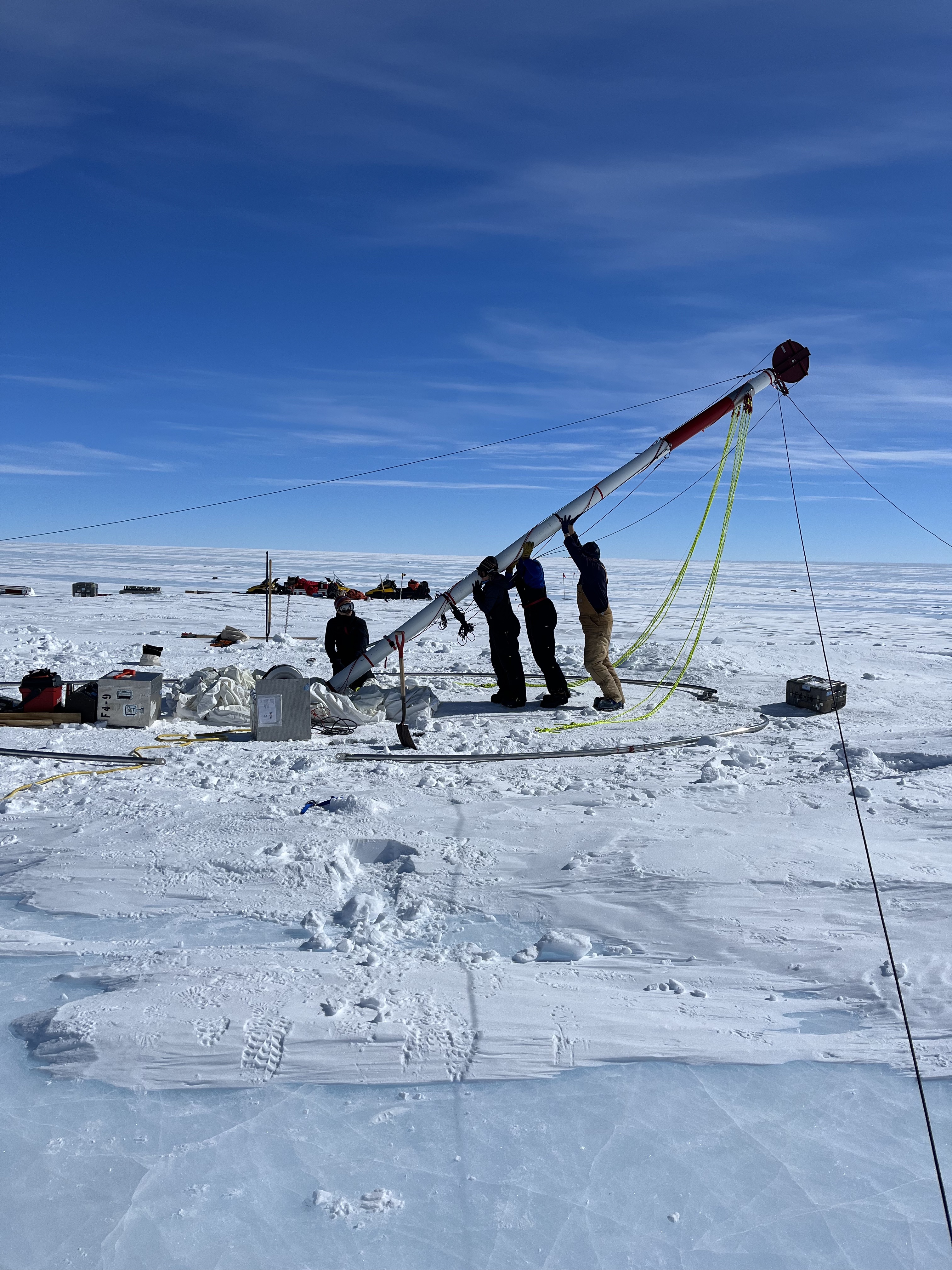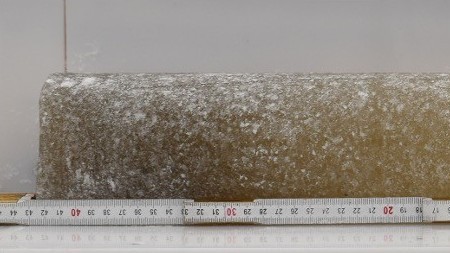
Scientists have pulled a 6 million-year-old chunk of ice out of Antarctica — the oldest directly dated ice ever found — and it's helping them to reconstruct Earth's ancient climate.
The record-breaking ice, along with air bubbles trapped inside, is more than double the age of the previously oldest-known ice samples, which are around 2.7 million years old, according to a new study published Oct. 28 in the journal PNAS.
"Ice cores are like time machines that let scientists take a look at what our planet was like in the past," study lead author Sarah Shackleton, an assistant scientist at the Woods Hole Oceanographic Institution in Massachusetts, said in a statement. "The Allan Hills cores help us travel much further back than we imagined possible."
The ice and air dates to the Miocene age (23 million to 5.3 million years ago), when Earth was much warmer, sea levels were higher and the planet was filled with now-extinct creatures, including saber-toothed cats, okapi-like giraffes, Arctic rhinos and the first mammoths.
Shackleton and her colleagues discovered the record-breaking ice in the remote Allan Hills blue ice area of East Antarctica between 2019 and 2023. The Allan Hills ice field is around 6,500 feet (2,000 meters) above sea level, according to the study.
To obtain samples, the researchers drilled 330 to 660 feet (100 to 200 meters) down into an ice sheet. They then dated the excavated ice cores by measuring radioactive decay in argon isotopes present in the air pockets. Tracing oxygen isotopes in the cores also enabled the scientists to determine that the Allan Hills region has undergone a steady cooling of about 22 degrees Fahrenheit (12 degrees Celsius) over the past 6 million years, according to the statement — released by Oregon State University, which was also involved in the research.

While Antarctica — and Earth as a whole — has steadily cooled over recent millennia, humans are now rapidly increasing global temperatures by releasing copious amounts of heat-trapping greenhouse gases into the atmosphere. The authors of the new study said that by investigating the ice cores, they could decipher ancient levels of greenhouse gases and ocean warming, and thus better understand natural drivers of climate change across Earth’s history.
The Allan Hills region preserved the ice thanks to a variety of factors, both known and unknown, including near-static surface ice movement and rugged mountain features that locked the ice in place.
"We're still working out the exact conditions that allow such ancient ice to survive so close to the surface," Shackleton said. "Along with the topography, it's likely a mix of strong winds and bitter cold. The wind blows away fresh snow, and the cold slows the ice to almost a standstill. That makes Allan Hills one of the best places in the world to find shallow old ice, and one of the toughest places to spend a field season."







